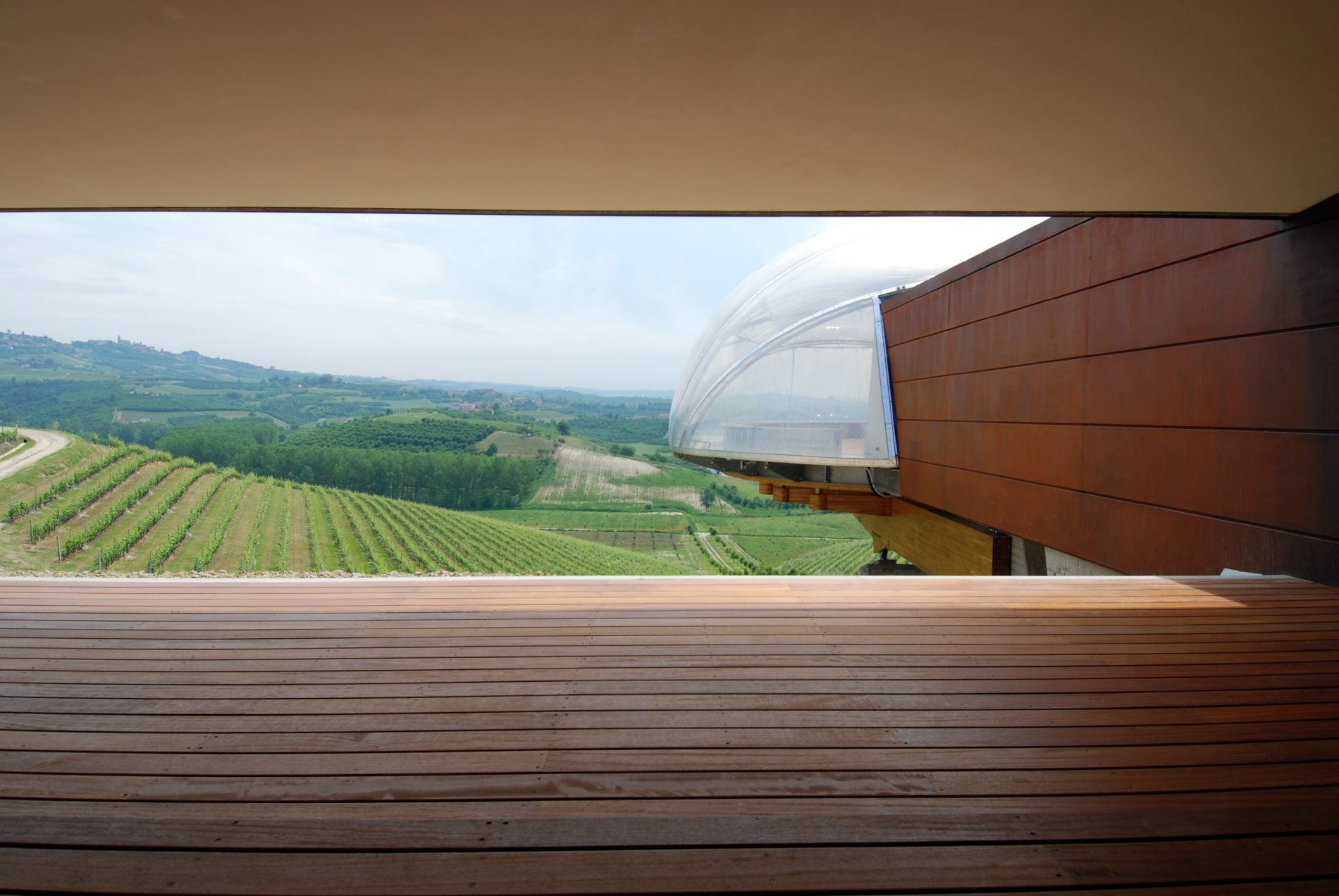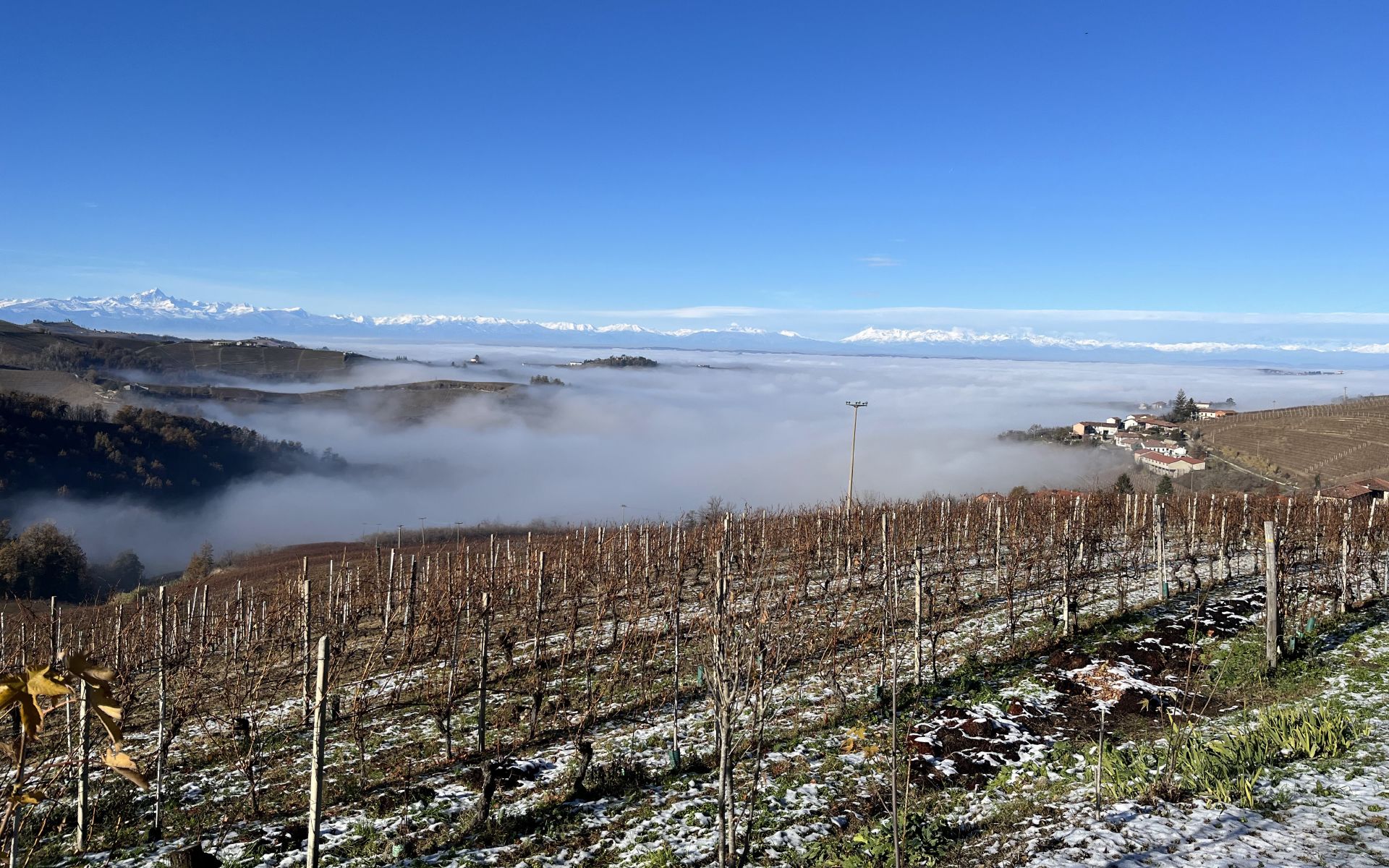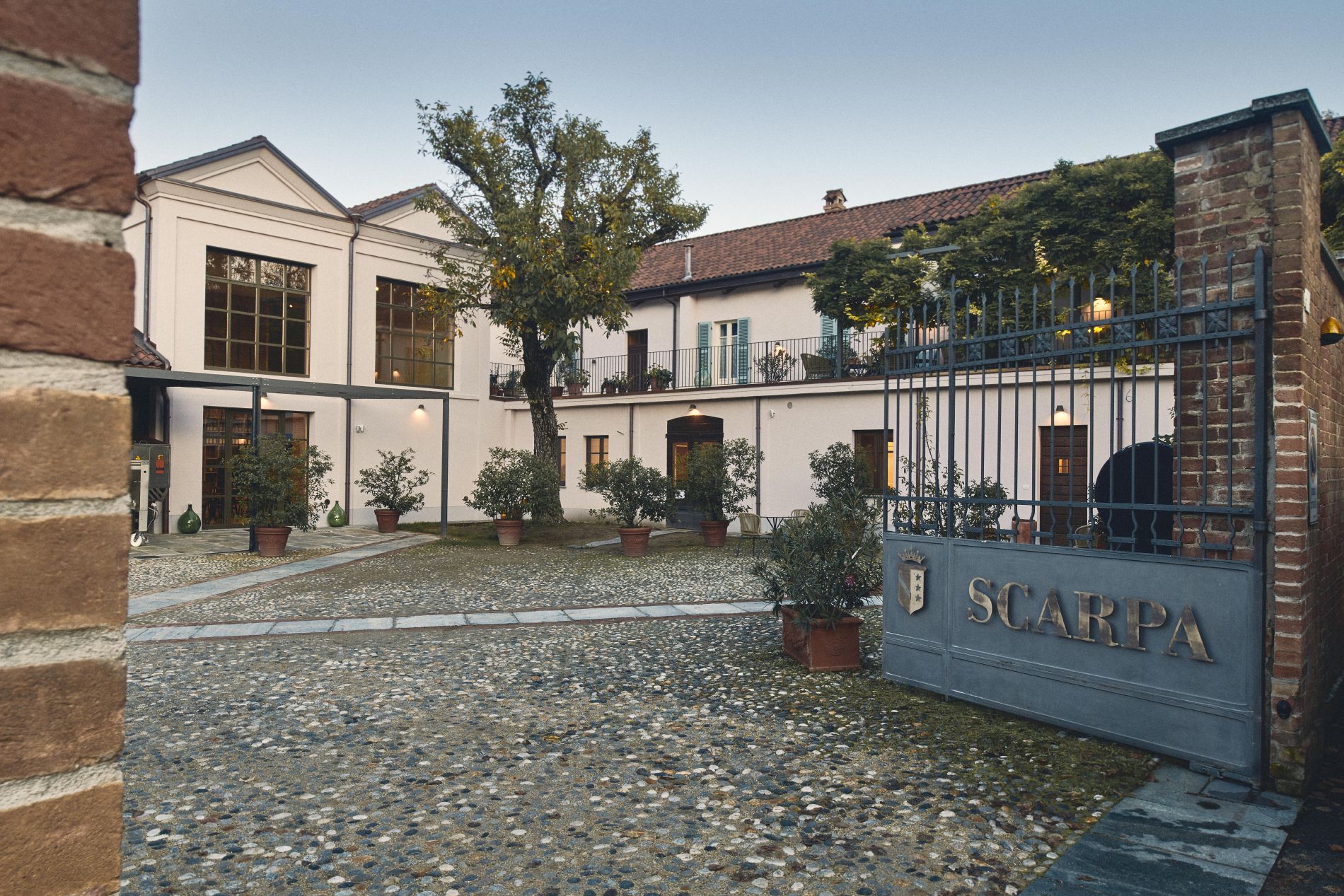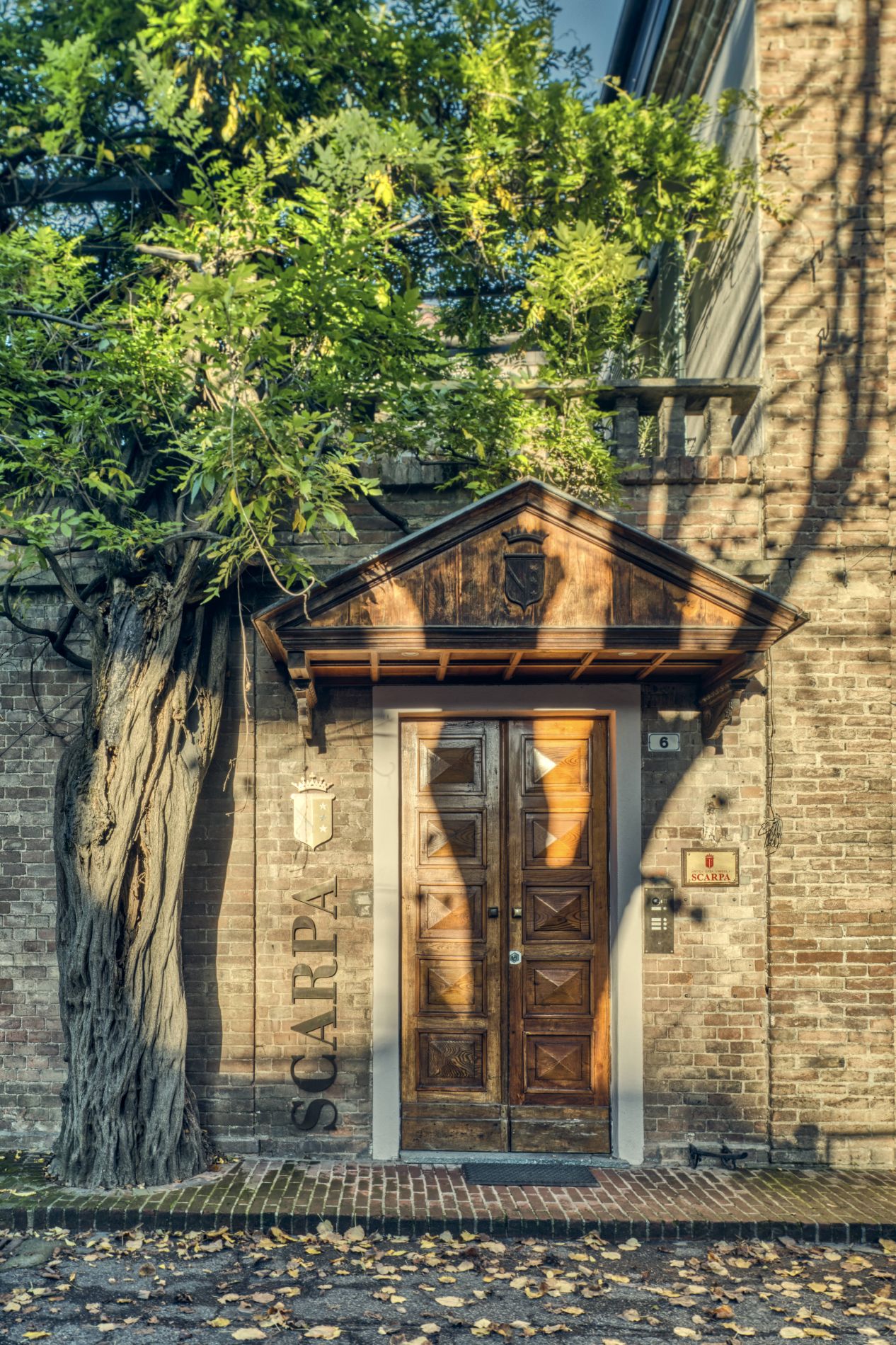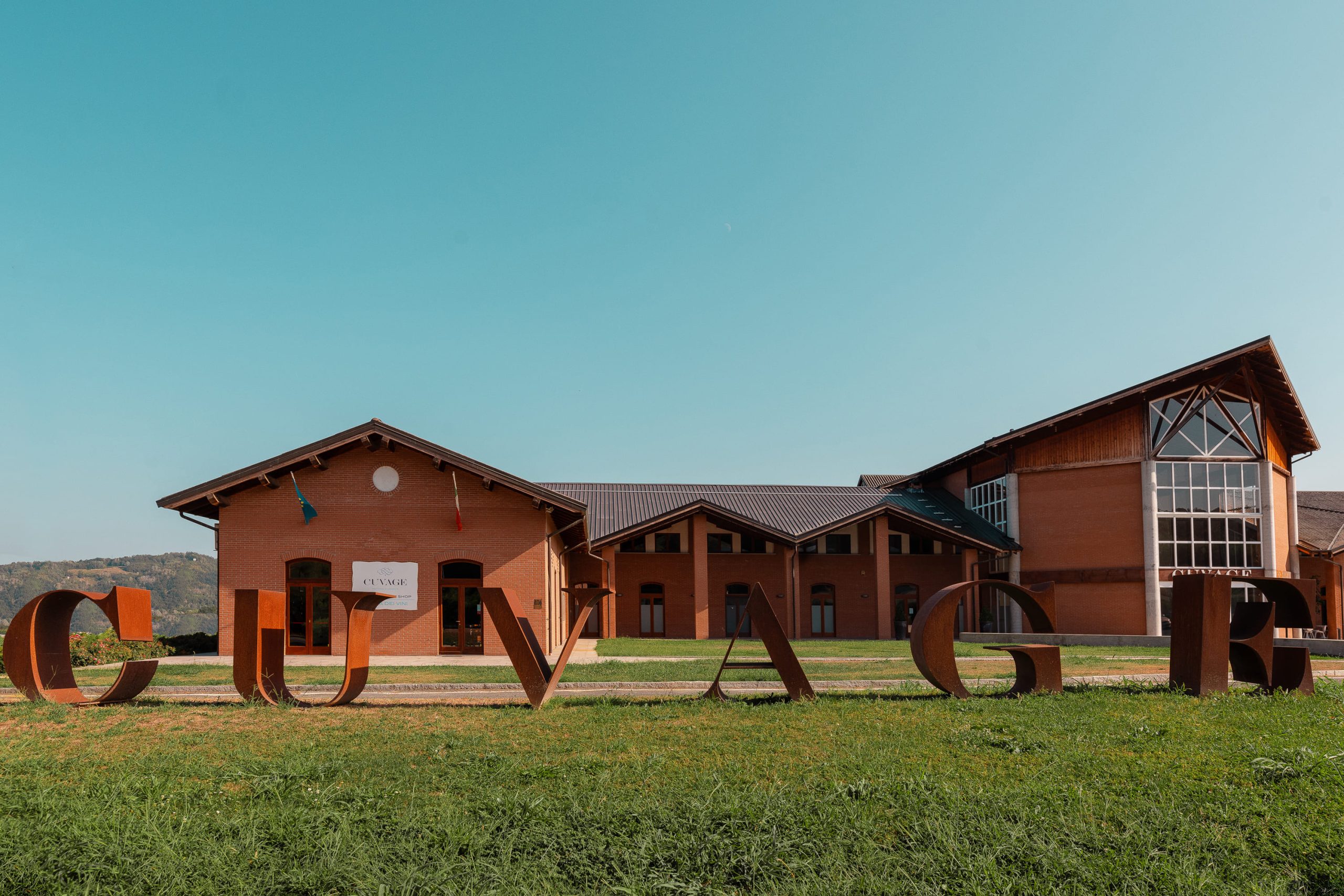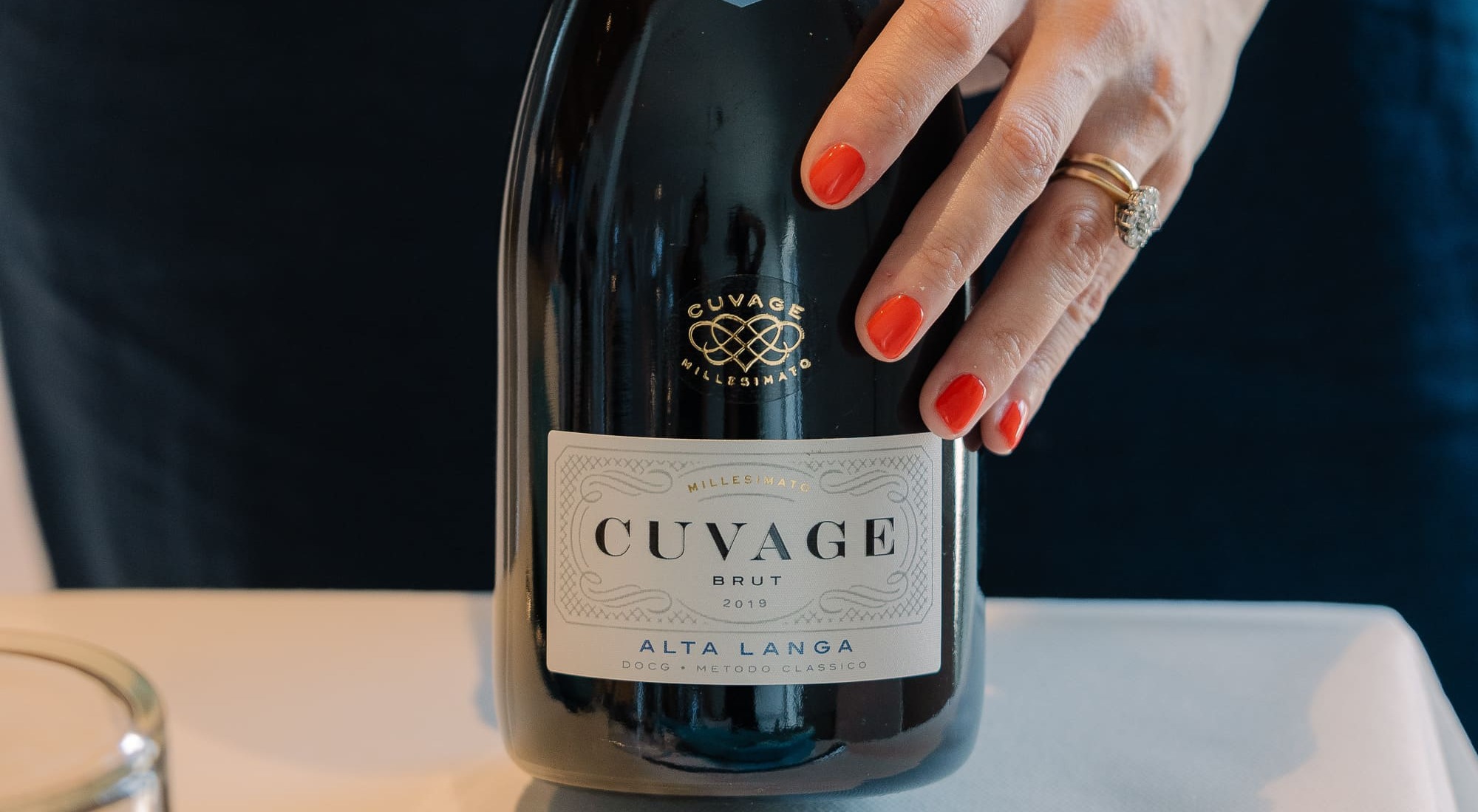Wandering in Langa
The most famous wineries in the Langhe Find out which ones to visit in 2025


The nobility of wine is precisely this: that it is never a detached, abstract object that can be judged by drinking a glass, or two or three, of a bottle that comes from a place where we have never been.
Mario Soldati
The Langhe is a land of golden hills and vineyards that tell centuries of wine history. A winery tour is the ideal way to fully understand this area: it’s not just about tasting a glass of Barolo or Barbaresco, but immersing yourself in the traditions, secrets and stories of those who work the vines with passion. In this guide you will discover the most celebrated wineries to visit in the Langhe, perfect for an unforgettable wine tourism itinerary, including excellent tastings and unique views.
If you’re looking for the best wineries in the Langhe to visit, you’ve come to the right place. From large, historic wineries to family-owned properties, each stop will offer you a personalized experience: tastings of fine wines, visits to the most renowned crus and breathtaking views of the Langhe, Roero and Monferrato landscape.
Whether you are a wine connoisseur or an enthusiast looking for a first taste, you will find valuable insights to enrich your wine tour.
The Ceretto winery, one of the most famous in the Langhe, was founded in 1936 by Riccardo Ceretto. The famous grape “Acino,” an architectural masterpiece with a futuristic aftertaste, stands out over their estates and already offers a first taste of their philosophy.
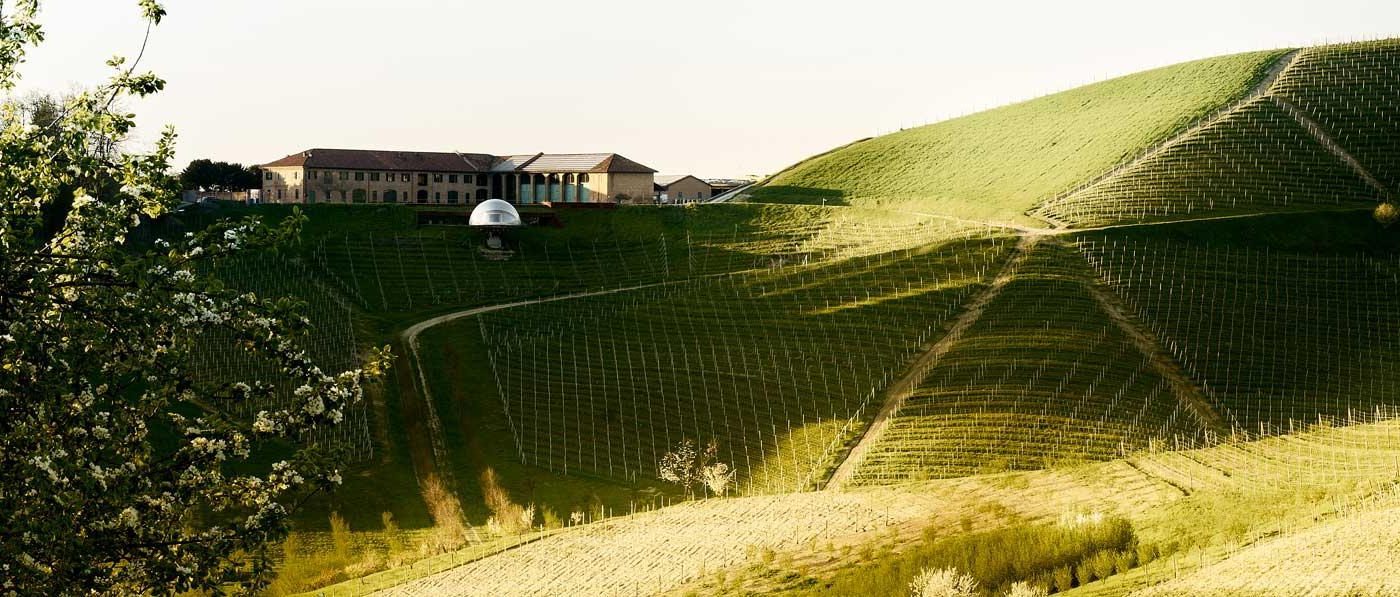
The winery has pioneered the use of sustainable and organic viticulture techniques and produces some of the best wines in the region. A visit to the winery includes a tasting of their fine wines, including Barolo, Barbaresco, Dolcetto and Moscato d’Asti. The winery also offers a culinary experience, with traditional Piedmontese dishes accompanied by a selection of wines.
For those who love contamination.
The winery tour includes:
Cantine Coppo is a world-renowned winery located in the town of Canelli, in the Asti area, and was one of the first in Italy to bottle wine under its own brand name.
Founded in 1892, the winery covers 27 hectares of vineyards and its main core is in Monferrato.
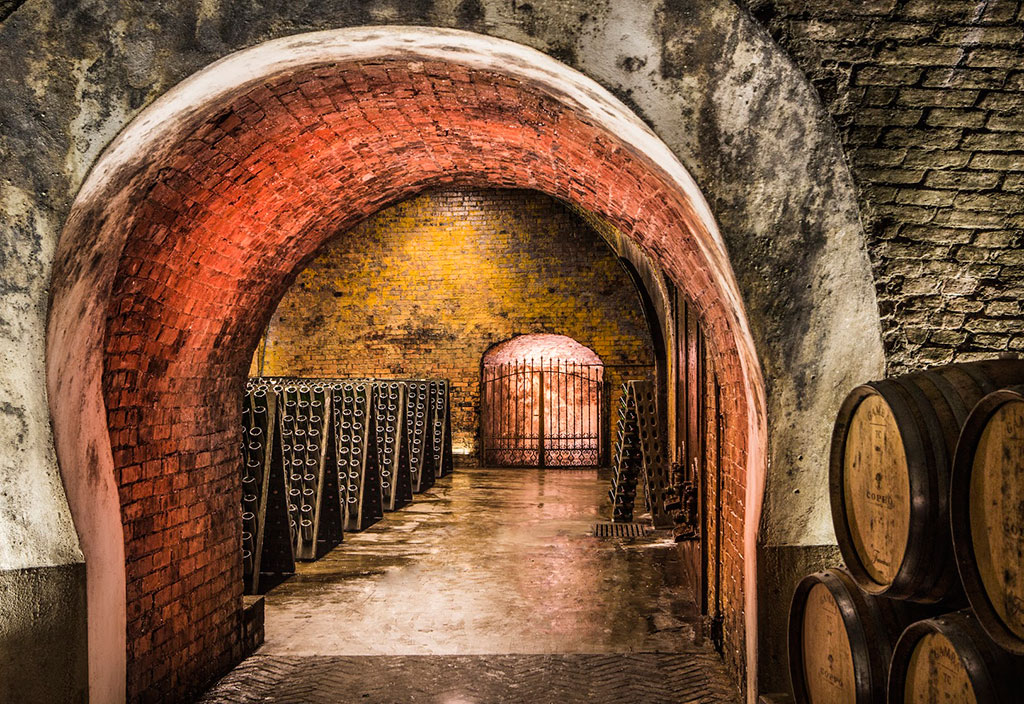
Its uniqueness, however, is hidden inside: in its basement there are, in fact, a series of ancient tunnels dug by hand into the tuff, called“infernot,” which are so striking that they became a UNESCO World Heritage Site in 2014 and have allowed the wine to be perfectly preserved.
For those who never cease to wonder
Here you will be able to:
The Marchesi di Barolo winery is one of the oldest and most prestigious in the region, founded in 1807 by the Marchesi Falletti family. Located in the heart of the area’s iconic wine, for six generations the winery has produced some of the Langhe’s most celebrated wines, including Barolo, Barbaresco, Barbera d’Alba and Dolcetto.
The visit includes a tasting of their wines and a tour to the historic underground cellars, where the wines are aged in oak barrels.
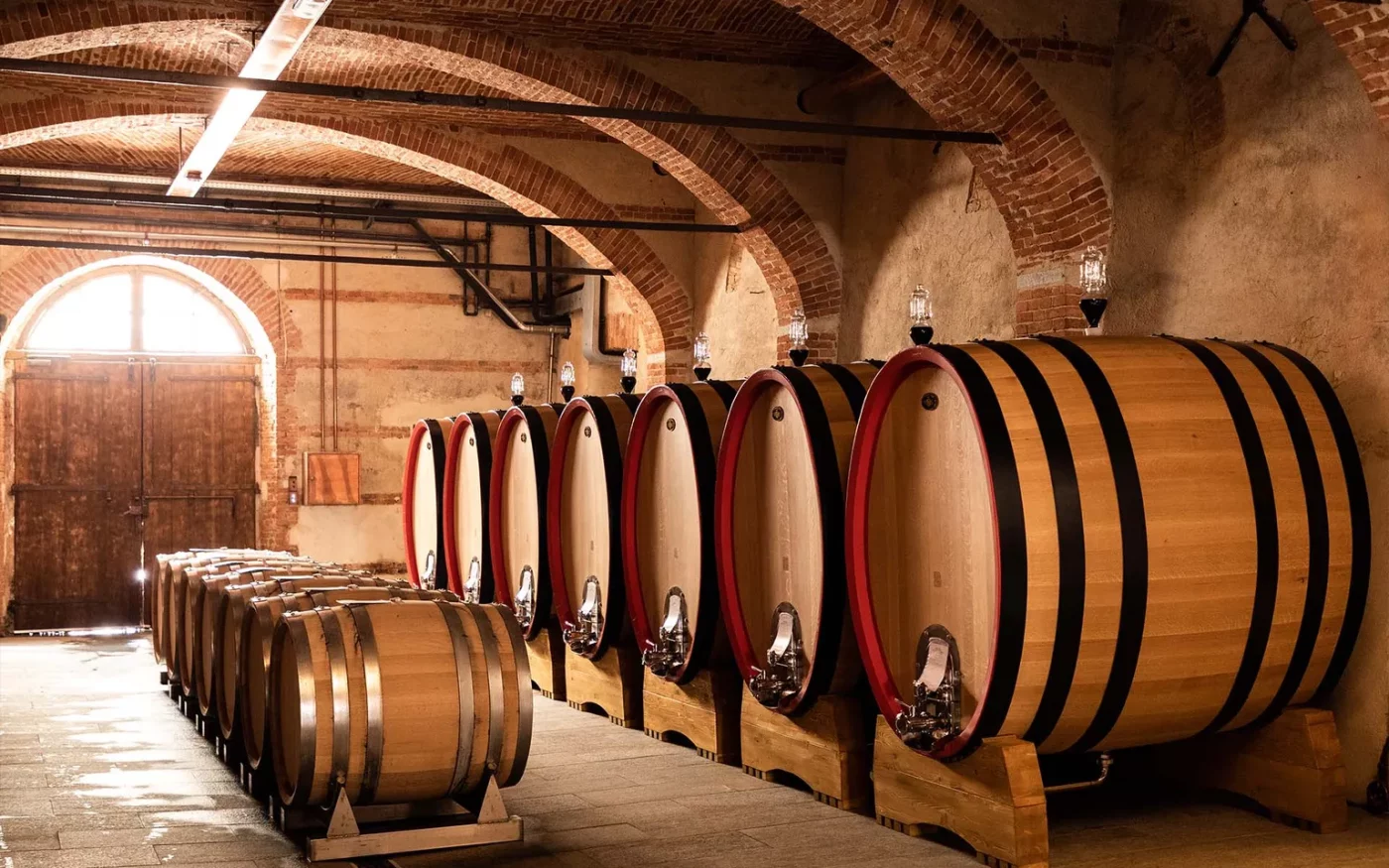
Here you can still admire the five barrels of Marchesa Giulia Falletti Colbert and the collection of rare bottles of Barolo Riserva from the late 19th century.
For those who love tradition.
Highlights of the visit:
Poderi Luigi Einaudi is a farm founded in 1897 by the President of the Italian Republic, Luigi Einaudi, in the heart of the Langhe, in Dogliani.
The farm began as a wine estate, but in later years it expanded to become a full-fledged farm, also growing grains, hazelnuts and other crops counting 13 farms of about 70 hectares.
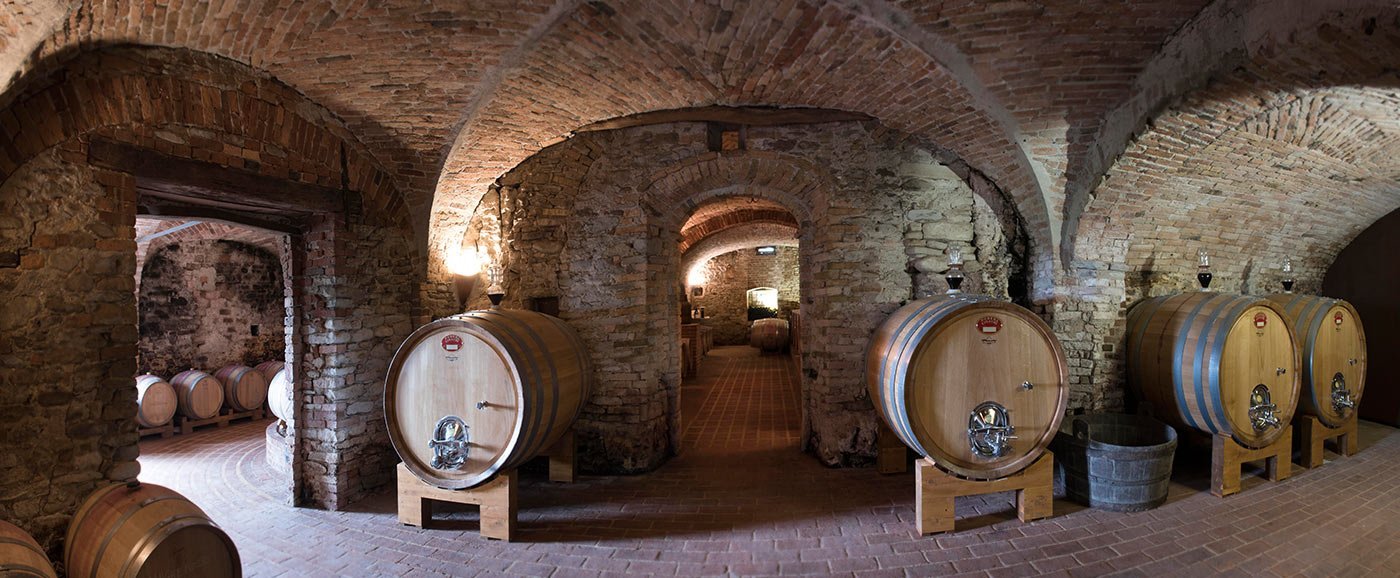
In 1998, Poderi Luigi Einaudi obtained “Organic Farm” certification for the production of wine, olives and hazelnuts.
Today, Poderi Luigi Einaudi is run by the fourth generation of the Einaudi family and produces a wide range of wines, including the famous Barolo, but also Barbera, Langhe Nebbiolo and other white wines such as Roero Arneis.
For those who live history with an eye to the future.
During the visit you will be able to:
Curiously evocative in name, the winery was established in 2007 by Sandra Vezza, “the repentant teetotaler” herself.
The winery’s architecture is characterized externally by two large stacked blocks reproducing two wine crates and surrounded by the rows of vines of its production.
Not only externally but also internally it is capable of amazement: large multicolored murals, Gufram design pieces like an unconventional and dreamlike pop dream combined with the quality of wines from original labels for whites and reds such as Barbera, Nebbiolo, Nascetta and Dolcetto.
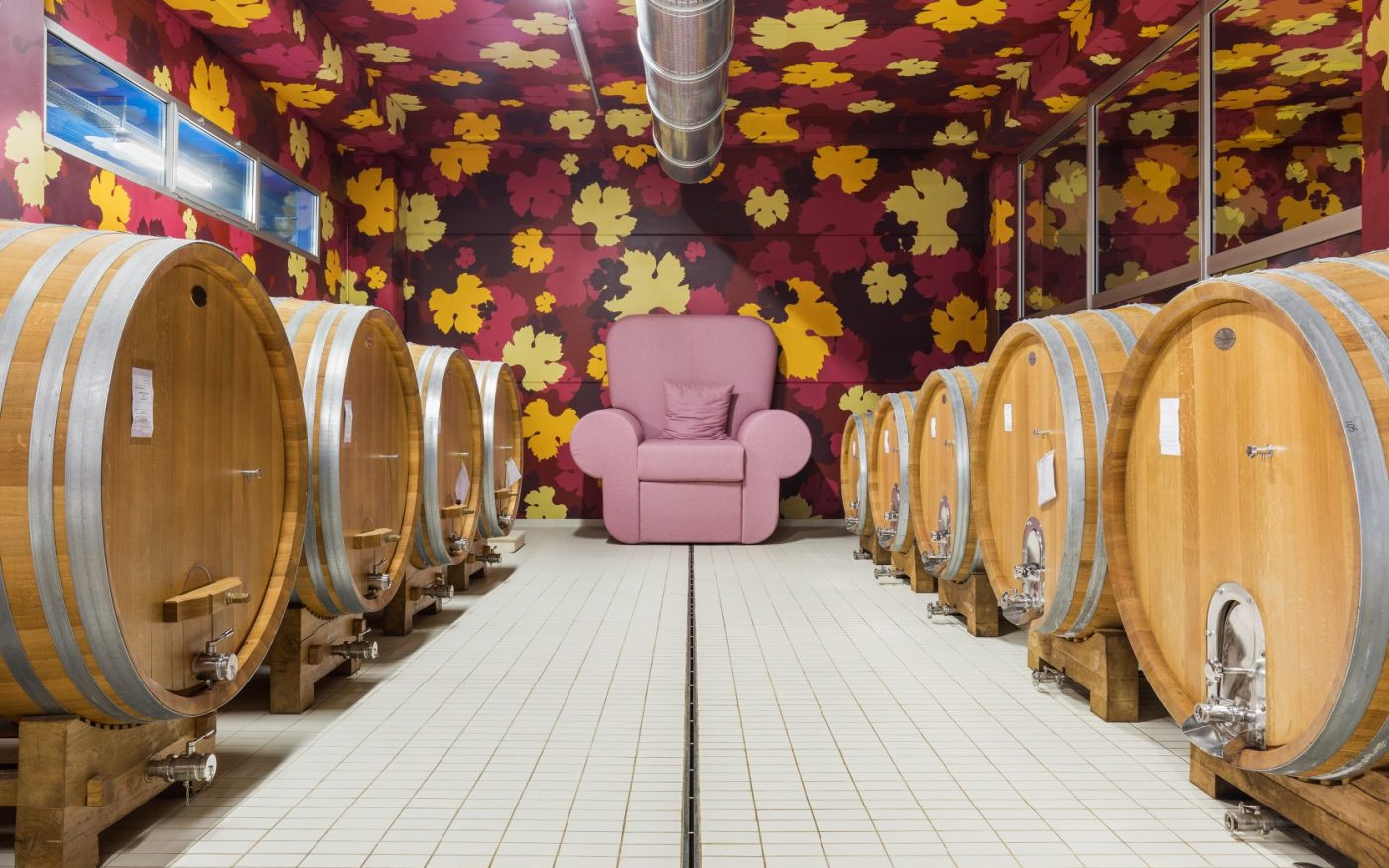
The winery is committed to environmental sustainability and uses organic and biodynamic farming techniques to cultivate its vineyards. It is also dedicated to the preservation and recovery of native grape varieties in the area.
For those who love contemporary art.
Highlights:
However, there are not only well-known companies such as those listed: it is beyond enriching to visit small local producers who will give you a welcome that is perhaps less “prestigious,” but certainly more familiar and genuine. Below are some suggestions!
A winery run entirely in the family by Giuliano, Roberto, Silvia and Stefano Migliasso who take care of the vineyards, eight hectares of hazelnuts and two hectares of peaches, thus confirming their dedication to diversified agriculture.
Beginning in the 1950s, in the small and charming commune of Castellinaldo, Cascina Torniero of the Migliasso brothers has been writing its own history, where tradition, quality and diversity are essential identity elements.
A family in the vanguard since the early 1970s, when founder Giuseppe Migliasso was already making wine from Arneis, Barbera and Nebbiolo, which still lacked the Controlled Designation of Origin.
The winery today is run entirely in the family by Giuliano, Roberto, Silvia and Stefano Migliasso, who take care of the vineyards, eight hectares of hazelnuts and two hectares of peaches, thus confirming their dedication to diversified agriculture.
You can read more about Cascina Torniero here.
Cascina Runchét is located in Treiso. Here, Andrea and Beatrice produce Barolo, Barbera, Moscato, Chardonnay and Nebbiolo wines. Their Winery welcomes wine enthusiasts for guided tours and direct sales in the company.
The Azienda Agricola Runchét agricultural company was established in 2012, in Treiso, on the UNESCO hills, by Andrea and Beatrice.
It is SQNPI-certified, the ministerial hallmark of Sustainable Quality, and is therefore able to ensure the cultivation of products, in this case grapes, according to agronomic techniques that respect the environment and human health.
After years of experience both in important local wineries and in foreign agricultural and viticultural production centers, (Australia, Chile, New Zealand), the young Piedmontese couple realized their dream of producing a range of wines according to their personal interpretation of making wine the way it used to be made.
Thus, the philosophy is to make tradition contemporary through the use of modern techniques, knowledge and skills gained through experience.
The wines produced are Langhe classics including the important Barolo and Barbaresco DOCG: Barbera d’Alba DOC, Langhe DOC Chardonnay, Moscato d’Asti DOCG, Langhe DOC Nebbiolo.
The farmstead within which the winery is located, known as Cascina Ronchetti existed in the early 1900s and is owned by Domenico, formerly a merchant of the estate grapes and Beatrice’s father, a supporter and important helper in the implementation of the Runchèt project.
You can read more about Runchét here.
Beatrice welcomes visiting guests and is in charge of the guided tasting
Andrea working among the rows during the manual harvest
Domenico, Beatrice’s father, is an important pillar because of his advice and experience
An ancient winery founded in 1854 on the principles of Burgundy enology, which produces the great wines of Monferrato and Langhe
The Scarpa winery, founded in 1854 at the behest of the Venetian migrant Antonio Scarpa, covers part of the history of wine-growing Piedmont, in particular of Monferrato.
The long fil rouge of the company, however, is linked to a production philosophy rather than to a territory, thanks to the intervention of Mario Pesce, a winemaker from Nizza.
Mario, trained in Burgundy, learns some important fundamentals such as low production yields, long macerations and fermentations, refinements in large wooden barrels and above all the art of long bottle aging, and begins to apply his knowledge to wines from Monferrato.
His nephew Carlo, a lesser known figure, but of equal substance for the development of the winery, insists on the purchase of Poderi Bricchi, the 50-hectare estate between Castel Rocchero and Acqui Terme, still the company headquarters.
Starting from 2018 Scarpa no longer represents only the high quality of Monferrato: with new land in Verduno, La Morra and Neive, the name of the winery also makes its way into the complex world of Barolo and Barbaresco.
You can read more about Scarpa Wines here.
In the footsteps of Burgundy, the great Scarpa wines are aged in large oak barrels
Every detail of the company refers to the long experience in the world of wines
Poderi Bricchi, the free-standing estate of 50 hectares, is worth a visit for its charm
Cuvage is a winery in Acqui Terme that offers guided tours and tastings in the cathedral of wine, the beating heart of the Cuvage classic method
Founded in 2011 in Acqui Terme, in the province of Alessandria, Cuvage since its inception has focused on the most iconic grape varieties of Piedmont.
Nebbiolo and Moscato are just some of those produced by the maison whose main goal is to enhance a unique and inimitable terroir in a modern and contemporary key.
Supporting cultural and artistic projects has always been a key element for the winery, which, in addition to the many initiatives it has supported over the years, has created the Cuvage des Artistes.
This project, described as a true spin off of traditional production, sees bottles transformed into works of art.
You can read more about Cuvage here.
In the boutique you can taste the entire line of wines, discover their secrets, curiosities and appreciate the authenticity that has always distinguished the work of Cuvage
The chef de cave carefully selects and blends the wines that will make up the sparkling wine. The grapes are harvested by hand at the perfect moment to express the elegance and finesse sought after
The wineries of the Langhe are true temples of wine, where you can discover the secrets of producing some of Italy’s finest wines. In addition to tastings, these wineries offer the chance to immerse yourself in the history and culture of the area, with guided tours that take you on a discovery of winemaking methods, the barriques in which the wines are aged, and the vineyards where it all began.
A visit to wineries in the Langhe is not only an opportunity to taste wines of the highest quality, but also to connect with the wine culture of Piedmont. Each winery has a unique story to tell and offers customized tours that will allow you to explore the secrets of local winemaking. Some of the most famous wineries also offer gastronomic experiences, where you can pair wines with traditional Piedmontese dishes.
Visiting the wineries of the Langhe is an experience that goes beyond just wine tasting. It is a journey through tradition, culture and unique landscapes that will leave you with unforgettable memories. If you want to discover where Italy’s most celebrated wines are born, this is the place to start. Plan your visit now and get ready to experience an enological adventure among the hills of the Langhe.
